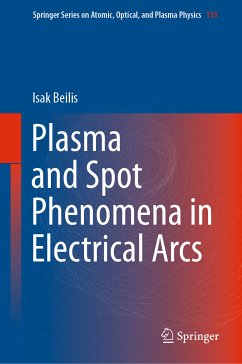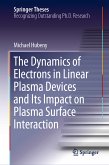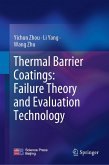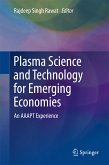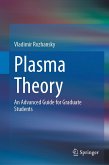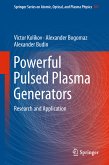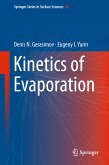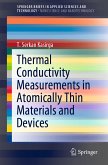This book is devoted to a thorough investigation of the physics and applications of the vacuum arc - a highly-ionized metallic plasma source used in a number of applications - with emphasis on cathode spot phenomena and plasma formation. The goal is to understand the origins and behavior of various complex and sometimes mysterious phenomena involved in arc formation, such as cathode spots, electrode vaporization, and near-electrode plasma formation. The book takes the reader from a model of dense cathode plasma based on charge-exchange ion-atom collisions through a kinetic approach to cathode vaporization and on to metal thermophysical properties of cathodes. The picture is further enhanced by an in-depth study of cathode jets and plasma acceleration, the effects of magnetic fields on cathode spot behavior, and electrical characteristics of arcs and cathode spot dynamics. The book also describes applications to space propulsion, thin film deposition, laser plasma generation, and magnetohydrodynamics, making this comprehensive and up-to-date volume a valuable resource for researchers in academia and industry.
Dieser Download kann aus rechtlichen Gründen nur mit Rechnungsadresse in A, B, BG, CY, CZ, D, DK, EW, E, FIN, F, GR, HR, H, IRL, I, LT, L, LR, M, NL, PL, P, R, S, SLO, SK ausgeliefert werden.

